I’ve always believed it’s not just about getting the pictures; it’s about why we choose the slow, and methodical path of film over the instant gratification of digital. In an earlier blog post, I wrote at length about the power of shooting deliberately: about how the journey itself can be more profound than the final outcome. Recently, I developed my tenth roll of film all by myself, and here are ten insights that I’ve gained from this ongoing process.
1. Why?
Film forces me to pause, to question, and to get my hands dirty (sometimes literally). It makes me a better photographer. It’s like training for a marathon on an oxygen-restricted treadmill or practicing soccer football futebol (Brazilian Portuguese) at a high altitude in order to get ready for the World Cup final. In other words: when I get back to the digital form, my eye is trained and my brain is stronger.
I even wrote about why doing film during modern times, read it by clicking on the link below:
2. Therapy
Despite being a seasoned photographer, I still find something therapeutic about mixing chemicals, pouring them into a tank, and waiting for the unseen transformation. It feels like a countdown to a small miracle. When people ask why I “bother,” I just smile. There’s a calmness here that digital workflows can’t replicate. Also, as
well wrote once in an article called “How Photography Helps Me Battle Depression”. Film helps with that, but with steroids (no pun intended)!3. Consistency
Consistency is both crucial and elusive. Small choices: water temperature, agitation style, or development time, can shift the final look of your negatives. Over the course of these ten rolls, I’ve realized consistency isn’t about locking yourself into one way of doing things. It’s about learning from each roll and embracing the unexpected quirks that keep it interesting, and that connects pretty much with art itself. Film is like the painter’s brush.
I even wrote about the process of developing at home, read it by clicking on the link below:
4. Community
One of the most heartwarming parts of being a film photographer is the community itself. From online forums to in-person meetups, I’ve discovered that film enthusiasts are some of the most generous, supportive folks out there. Need advice on push-processing? Someone’s been there, done that, and is happy to share their notes. Stuck with color casts? You’ll find a dozen people eager to help you troubleshoot. Beyond technical tips, there’s also a friendship that comes from a shared love of slow, deliberate art. People genuinely want to see each other’s success.
5. Deliberate
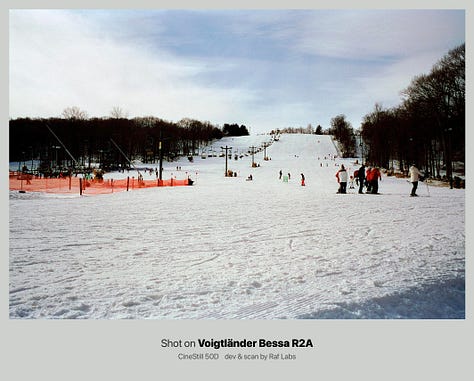
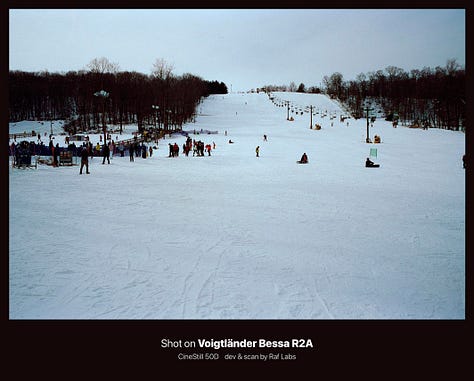
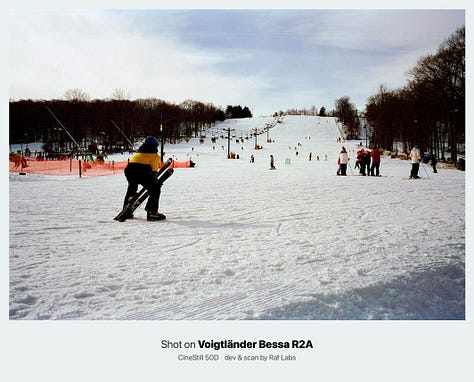
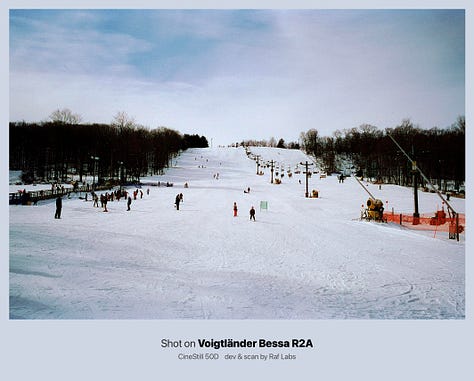
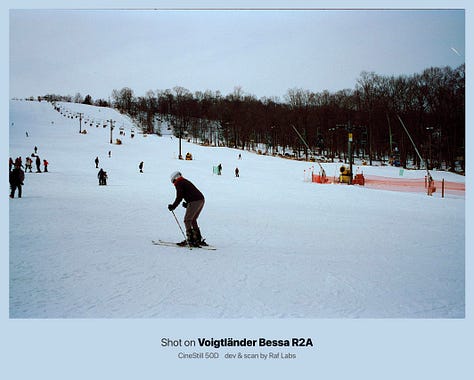
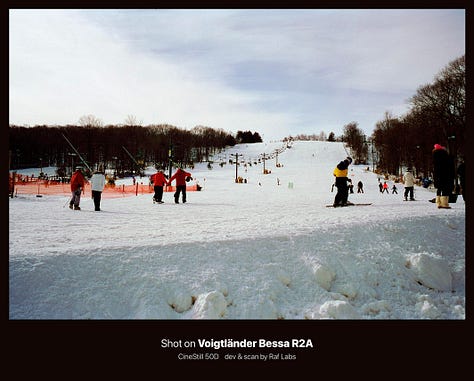
When I reviewed my early rolls, I noticed repeated shots: the same subject, just slightly different angles. It was a habit from digital, where clicks cost nothing and results appear in milliseconds. With film, each frame demands care, scanning time, and a bit of added expense. Embracing this shift made me more deliberate. I now stop, breathe, and ask, “Do I really need another shot of this?” That gentle restraint has done wonders for my creativity, it’s like every shot is a 5-star rated one.
6. Wait
Once the negatives are developed, there’s still more waiting—scanning. It’s not quick. It requires setting up the scanner, possibly tweaking software settings, and then cleaning dust off each frame. And yet, it’s oddly satisfying. Seeing the first image appear on my screen feels like Christmas morning every time. Want to talk about dopamine addiction? Film says “hold my beer, darling”. It’s a High-Risk/High-Reward thing, but in a way that helps me dealing with anxiety.
7. Time
What is done in milliseconds on digital, can take hours on film. Digital images are ready before you can blink, but with film, I can spend hours from the moment I click to the moment I see the final image. That delay can be agonizing, but it also breeds anticipation and reflection. It reminds me that photography was once a slower craft, and maybe, just maybe, our creative souls benefit from that pacing.
8. Movement
In digital, a quick turn of the dial and I’m shooting at ISO 6400. Film doesn’t offer that luxury, if you loaded ISO 100, you’re pretty much stuck with it. I’ve learned to embrace it. If the light is low, sometimes I shoot at 1/15th of a second. It’s a challenge, sure, but it’s also a creative choice. Motion blur and grain become part of the story I’m telling, rather than errors to avoid. Not to mention the flash, ohh, the flash…
9. Film Persona

Film introduces an element of whimsy when it comes to color. Depending on the film stock and your scanner settings, you might see anything from a warm, nostalgic glow to a cool, teal-tinged cast. At that point, there’s always a choice: let the film’s own personality shine through, or tweak it to match the vision in your head? I often find myself dancing between both approaches, and that balancing act keeps things exciting.
10. Content Creation, and an invitation…
Film is also excellent to create content about. I am a content creator myself (on the good sense of the word, not an engagement rat that Meta would be proud of), and due to the film’s long journey to produce results, lots of content can be created along the way.
If you’re curious about film or just want to see if it truly changes your perspective, I’d encourage you to give it a try. And if you’re in the NYC area, let’s connect. I’d be more than happy to meet at a cafe, shoot a few rolls together, and even develop your film for you. Because sometimes, the best way to understand this slower, more deliberate world is to immerse yourself in it.








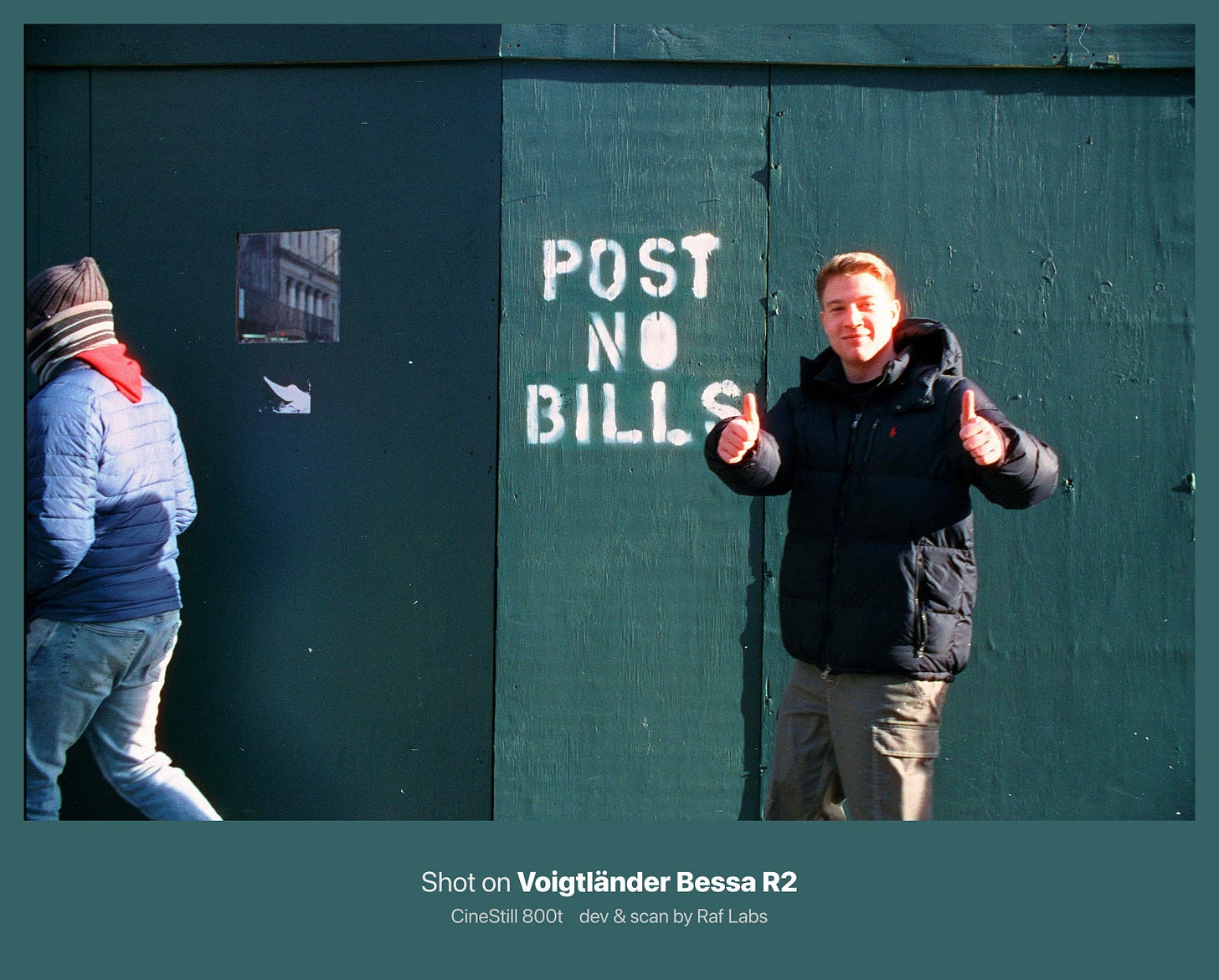
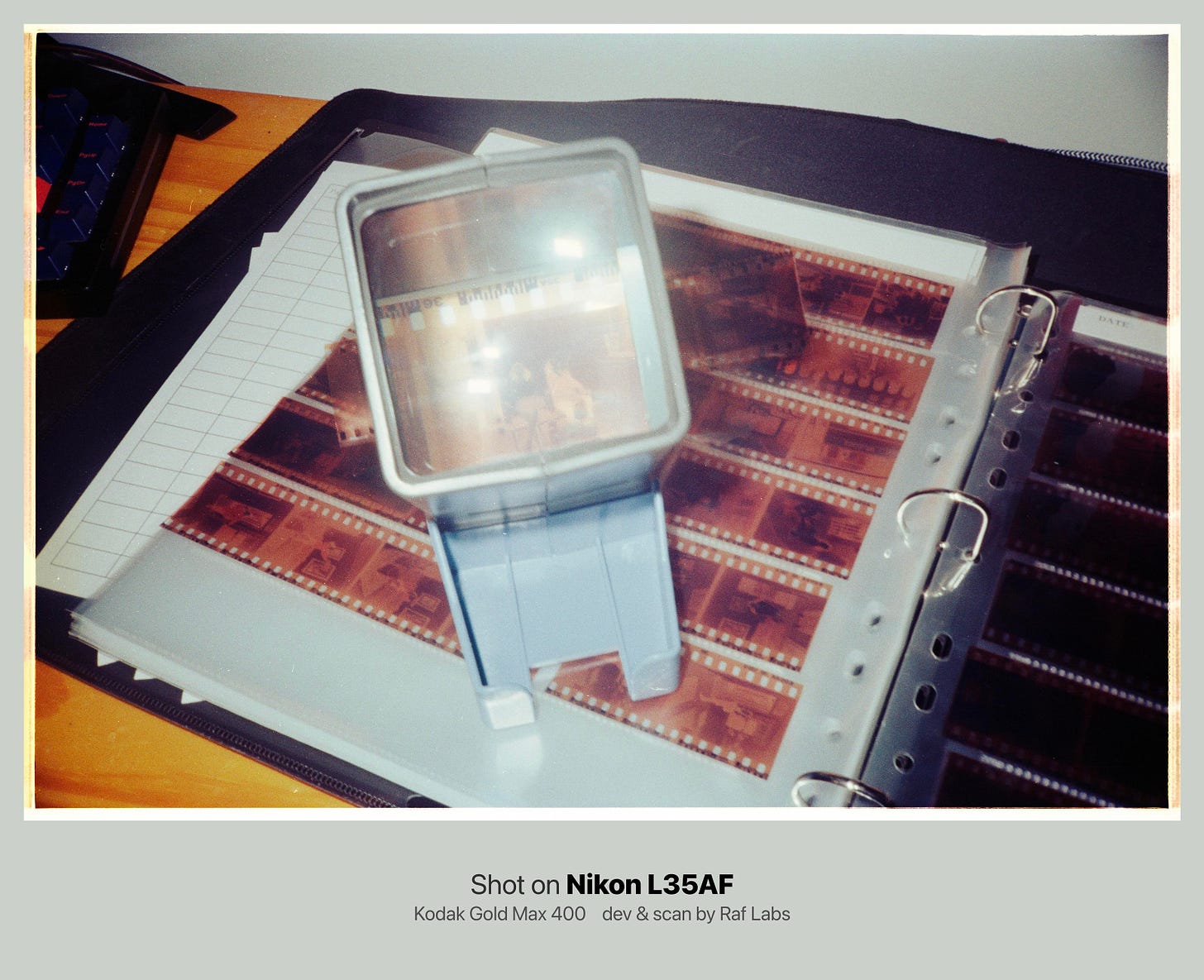



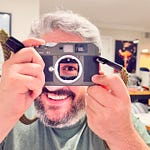
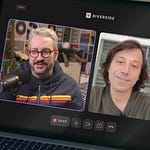

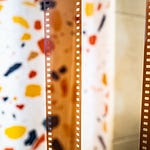
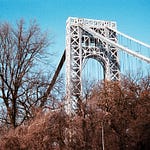
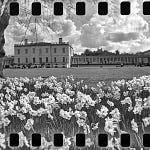
Share this post